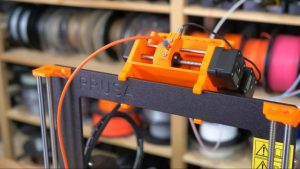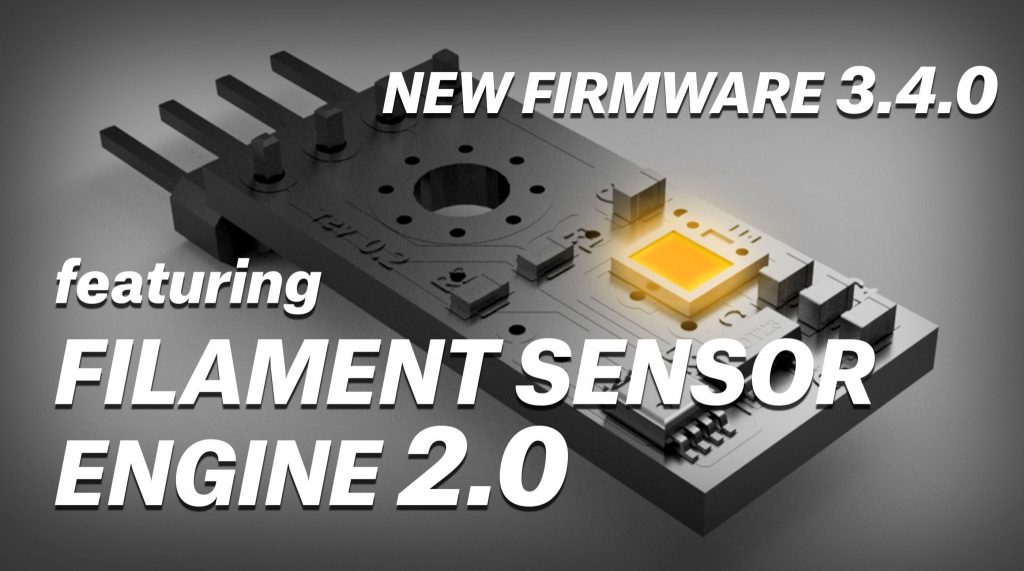In today’s 3D Printing News Briefs, we’ve got the speaker lineup for next month’s NAMIC Global Additive Manufacturing Summit in Singapore. Prusa and Cincinnati Incorporated are both releasing new 3D printing materials, and 3D Center is collaborating with 3YOURMIND to launch a 3D printing platform for the Scandinavian market. A British car manufacturer turns to Stratasys 3D printing for prototyping purposes, and a student used reverse engineering and 3D printing to redesign a Nintendo 64 joystick system.
2018 NAMIC Global Additive Manufacturing Summit Speakers
 On October 17th and 18th, the 2018 Global Additive Manufacturing Summit, conducted by Singapore’s National Additive Manufacturing Innovation Cluster (NAMIC), will be held, and co-located as part of Industrial Transformation ASIA-PACIFIC. Hosted by NTUitive, the summit, which is said to be the country’s largest gathering of additive manufacturing experts, will highlight key AM opportunities and developments in multiple applications, such as aerospace, automotive, biomedical, building and construction, marine, and transportation.
On October 17th and 18th, the 2018 Global Additive Manufacturing Summit, conducted by Singapore’s National Additive Manufacturing Innovation Cluster (NAMIC), will be held, and co-located as part of Industrial Transformation ASIA-PACIFIC. Hosted by NTUitive, the summit, which is said to be the country’s largest gathering of additive manufacturing experts, will highlight key AM opportunities and developments in multiple applications, such as aerospace, automotive, biomedical, building and construction, marine, and transportation.
This is the last week to purchase your ticket at the early bird rates. After seeing the line-up of speakers coming to the event, this is an event you definitely won’t want to miss. Some of the speakers include Dr. Behrang Poorganji, the Head of Materials Development for GE Additive: Apis Cor’s Anna Cheniuntai, R&D and Business Development; Kelvin Wee, the APAC Sales Director for Materialise; and Professor Paul C. Ho, with the Department of Pharmacy at the National University of Singapore. You can register for the 2018 NAMIC Global Additive Manufacturing Summit here.
Prusa Releasing In-House 3D Printing Filament
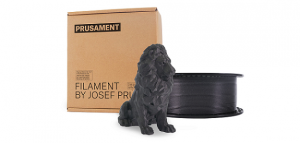 Fresh off the multi-material upgrade for its Prusa i3 MK3/MK2.5, Prusa has more good news – this week, the company released its new filament, Prusament, which is made entirely in-house. CEO and Founder, Josef Průša, said that the company was not happy with the over-exaggerated quality and specs that “most filament companies claim but don’t deliver,” which continued to cause its users to have issues poor print quality and jams.
Fresh off the multi-material upgrade for its Prusa i3 MK3/MK2.5, Prusa has more good news – this week, the company released its new filament, Prusament, which is made entirely in-house. CEO and Founder, Josef Průša, said that the company was not happy with the over-exaggerated quality and specs that “most filament companies claim but don’t deliver,” which continued to cause its users to have issues poor print quality and jams.
“So we built a factory and just started to sell our own filament,” Průša told 3DPrint.com. “It took us over a year but we have something pretty special. We guarantee 20µm precision and every spool is traceable on our website, where you can see the full inspection report. I believe we are the only one to do this and hope to set a precedent.”
Check out the sample spool of Prusament for yourself – you’ll see that Prusa isn’t messing around.
Cincinnati Incorporated Launches New Carbon Fiber Material
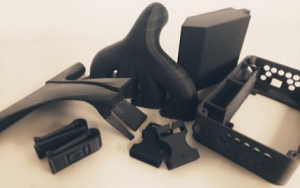
Cincinnati Incorporated has developed a new material for its SAAM that is ideal for custom tooling and fixture applications. The carbon fiber resin creates a high strength-to-weight ratio and superior surface finishes.
Another company with a new 3D printing material launch this week is Cincinnati Incorporated (CI) – it just released a new carbon fiber resin material for its SAAM (Small Area Additive Manufacturing) 3D printing system. Because it’s been reinforced with carbon fiber, the lightweight, impact-resistant material is durable, stiff, and has low warping, along with accurate parts featuring advanced inter-layer adhesion results. It also has excellent surface finish, making it a good choice for applications in assembly, CMM, CNC fixtures, custom tooling, and has a very high strength-to-weight ratio.
Morgan Motor Company Turns to Stratasys 3D Printing for Prototyping
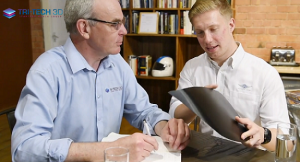 Family-owned British motor car manufacturer Morgan Motor Company is no stranger to 3D printing, and recently turned to the technology again for help with prototyping on the factory floor. In order to get rid of the endless talks with suppliers and lower the time to market, the company, which manufactures roughly 1,000 vehicles per year, invested in a Stratasys Fortus 250mc from Tri-Tech 3D, a Stratasys reseller in the UK.
Family-owned British motor car manufacturer Morgan Motor Company is no stranger to 3D printing, and recently turned to the technology again for help with prototyping on the factory floor. In order to get rid of the endless talks with suppliers and lower the time to market, the company, which manufactures roughly 1,000 vehicles per year, invested in a Stratasys Fortus 250mc from Tri-Tech 3D, a Stratasys reseller in the UK.
“Since the introduction of 3D printing, using the Stratasys Fortus 250mc, Morgan have been able to try more daring designs within research and development,” said Tom Morris, a CAD technician with Morgan Motor Company. “It’s given us the opportunity to take these designs, trial them early on, giving us physical samples, which essentially cuts out the whole quoting process of liaising with suppliers, delivering these parts back to Morgan. Morgan are a low volume vehicle manufacturer, so the ability to be able to design parts on CAD, 3D print them, and take them to the shop floor at a very quick rate is vital to our success as a business.”
Watch the video below to learn more:
Fixing Nintendo 64 Joystick with Reverse Engineering and 3D Printing
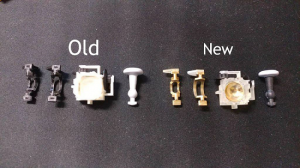 California Polytechnic (Cal Poly) student and retro video gaming fan Nam Le was tired of having to find replacement controller joysticks for Nintendo 64 systems – a common problem many Nintendo fans have dealt with. So he took matters into his own hands, and contacted 3D Hubs for help fixing the problem. Le ended up reverse engineering the nearly 20-year-old components, 3D printing them, and redesigning the entire joystick system. It took him three months to disassemble the original controller, measure the components, and design them in CAD – a very impressive task, as he’d only ever taken a basic 3D modeling introduction class.
California Polytechnic (Cal Poly) student and retro video gaming fan Nam Le was tired of having to find replacement controller joysticks for Nintendo 64 systems – a common problem many Nintendo fans have dealt with. So he took matters into his own hands, and contacted 3D Hubs for help fixing the problem. Le ended up reverse engineering the nearly 20-year-old components, 3D printing them, and redesigning the entire joystick system. It took him three months to disassemble the original controller, measure the components, and design them in CAD – a very impressive task, as he’d only ever taken a basic 3D modeling introduction class.
He determined that the joystick’s whole assembly would wear down over time, causing part failure, and designed the new components so that they were very sturdy and easy to replace. Le 3D printed the gear teeth and housing with Visijet M3 Crystal material, and 3D Hubs manufactured his redesigned joystick out of Nylon PA12 material on an HP Multi Jet Fusion 3D printer.
“Generally, harder materials won’t be worn by materials of a lower hardness,” Le explained about his material choice. “The result is having only one part wear compared to every old component wearing. Every once in a while the stick will have to be replaced, but it takes a longer time to wear and is a better cheap alternative than buying a new controller.”
Six months in, Le’s 3D printed prototype joystick controller shows no signs of breaking.
Discuss these stories and other 3D printing topics at 3DPrintBoard.com or share your thoughts in the Facebook comments below.


